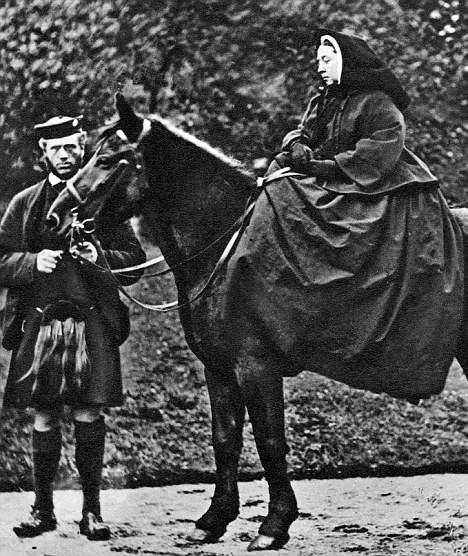There are many things that are significant about the report of the task force studying a unified payment infrastructure that uses the Unique ID, or Aadhaar, but perhaps the most notable is its timing.
It has been presented to Finance Minister Pranab Mukherjee just as the Budget season is at its height. This is indicative of the direction in which Mr Mukherjee must go in order to control the United Progressive Alliance’s (UPA’s) politically sensitive but fiscally damaging welfare spending.
Cost savings must come from somewhere, and improvements in the efficiency of transfers are the best long-term method to save costs. The report, which was drafted by a committee headed by Nandan Nilekani, chairman of the Unique Identification Authority of India (UIDAI), was meant to study possible methods to route payments under various government schemes to beneficiaries through direct cash transfers.
What the committee, which included the secretaries of most of the relevant ministries, has eventually produced is a comprehensive road map for transforming how payments are made. But even more than that, it is a guide to how India’s state can radically alter its interaction with its citizens.
The report suggests that a vast network of micro-ATMs, or automated teller machines, be set up across the country using the business correspondent model. The million-strong army of business correspondents will have to be subsidised by the government in order to make the transactions profitable and extend the network sufficiently.
Once in place, however, the presence of network externalities should incentivise and enable the use of bank accounts and post office accounts by many more recipients of government money — whether it be kerosene users or beneficiaries of the National Rural Employment Guarantee Scheme (NREGS).
More than that, all payments or receipts of the government of sums greater than Rs 1,000 should be made electronically, which will greatly increase transparency and accountability. Micro-ATMs are already being piloted in Jharkhand by the UIDAI for NREGS payments; their effectiveness will need further independent evaluation, as Mr Mukherjee emphasised, but the principle appears sound.
The Aadhaar project has always, and perhaps unjustly, been surrounded by controversy. It has been attacked by an odd, opportunistic coalition of libertarians and security hawks for being both insufficiently intrusive (in not validating citizenship and addresses) and excessively intrusive (for creating a biometric database of residents).
Yet it remains the only possibility open to UPA-II to turn its woeful term around, to restore and revive old institutions and create a few new and effective ones. Reworking transfer payments to be directly paid into an individual’s bank account will not just reduce leakage, but also increase the chances of accountability for corruption.
It will also broaden financial inclusion, the first step towards creating an entrepreneurial society and one where the securities of modern insurance are more widely available. But most of all, it will help convert Indians’ interactions with their state away from one of supplication – of hoping that promised benefits and support will arrive if the paperwork is in order – to a more modern notion of citizenship.
Source: Business Standard
It has been presented to Finance Minister Pranab Mukherjee just as the Budget season is at its height. This is indicative of the direction in which Mr Mukherjee must go in order to control the United Progressive Alliance’s (UPA’s) politically sensitive but fiscally damaging welfare spending.
Cost savings must come from somewhere, and improvements in the efficiency of transfers are the best long-term method to save costs. The report, which was drafted by a committee headed by Nandan Nilekani, chairman of the Unique Identification Authority of India (UIDAI), was meant to study possible methods to route payments under various government schemes to beneficiaries through direct cash transfers.
What the committee, which included the secretaries of most of the relevant ministries, has eventually produced is a comprehensive road map for transforming how payments are made. But even more than that, it is a guide to how India’s state can radically alter its interaction with its citizens.
The report suggests that a vast network of micro-ATMs, or automated teller machines, be set up across the country using the business correspondent model. The million-strong army of business correspondents will have to be subsidised by the government in order to make the transactions profitable and extend the network sufficiently.
Once in place, however, the presence of network externalities should incentivise and enable the use of bank accounts and post office accounts by many more recipients of government money — whether it be kerosene users or beneficiaries of the National Rural Employment Guarantee Scheme (NREGS).
More than that, all payments or receipts of the government of sums greater than Rs 1,000 should be made electronically, which will greatly increase transparency and accountability. Micro-ATMs are already being piloted in Jharkhand by the UIDAI for NREGS payments; their effectiveness will need further independent evaluation, as Mr Mukherjee emphasised, but the principle appears sound.
The Aadhaar project has always, and perhaps unjustly, been surrounded by controversy. It has been attacked by an odd, opportunistic coalition of libertarians and security hawks for being both insufficiently intrusive (in not validating citizenship and addresses) and excessively intrusive (for creating a biometric database of residents).
Yet it remains the only possibility open to UPA-II to turn its woeful term around, to restore and revive old institutions and create a few new and effective ones. Reworking transfer payments to be directly paid into an individual’s bank account will not just reduce leakage, but also increase the chances of accountability for corruption.
It will also broaden financial inclusion, the first step towards creating an entrepreneurial society and one where the securities of modern insurance are more widely available. But most of all, it will help convert Indians’ interactions with their state away from one of supplication – of hoping that promised benefits and support will arrive if the paperwork is in order – to a more modern notion of citizenship.
Source: Business Standard































